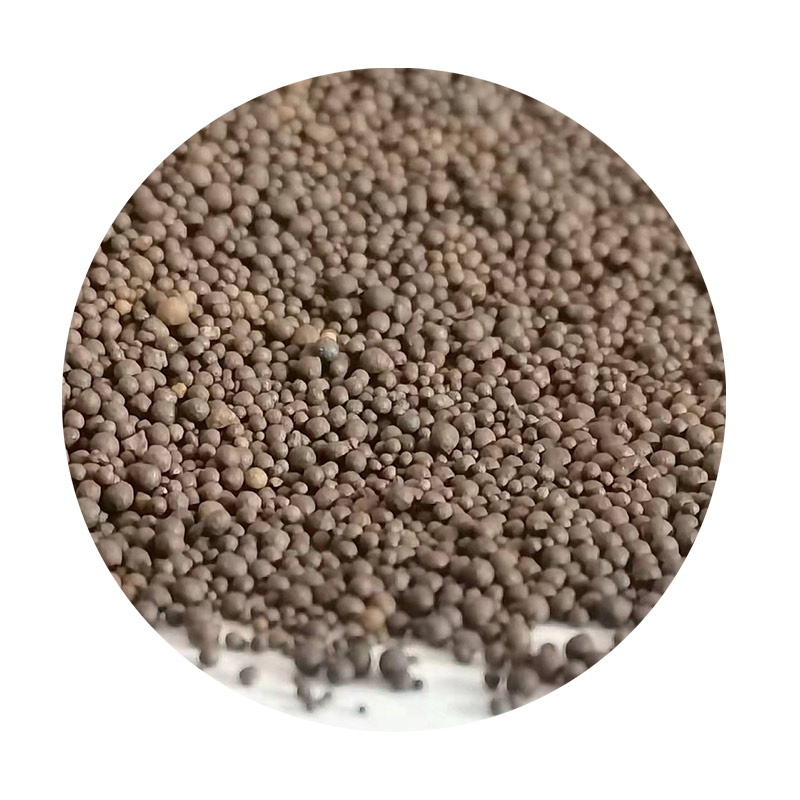The Rise of 3D Printed Sand Revolutionizing Construction and Design
3D printing has emerged as one of the most transformative technologies in recent years, revolutionizing various industries from healthcare to automotive. One of the latest and most exciting applications of 3D printing is the use of sand as a primary material. This innovative approach is reshaping the landscape of construction, architecture, and manufacturing, offering sustainability, efficiency, and design flexibility.
Traditionally, constructing buildings or creating molds for casting processes has involved substantial labor and significant environmental costs. The use of concrete and other materials often results in high carbon emissions and extensive resource consumption. However, 3D printed sand provides a promising alternative. Utilizing sand as a primary medium allows for the creation of intricate designs that are not only aesthetically pleasing but also structurally sound.
The Rise of 3D Printed Sand Revolutionizing Construction and Design
The process of 3D printing sand typically involves a binder jetting technique, where a liquid binder is selectively deposited onto sand particles to create solid structures. This technique can be used to create molds for metal casting, prototypes for design evaluation, or even permanent structures. As technology advances, researchers are exploring ways to infuse sand with other materials to improve its structural properties, leading to even more innovative applications.
3d printed sand

Moreover, 3D printed sand is gaining traction in the field of art and design. Artists and designers are increasingly experimenting with this technology, pushing the boundaries of creativity. Custom sculptures with intricate details, bespoke architectural features, and even entire pavilions can be constructed using 3D printed sand. This not only allows for more artistic freedom but also facilitates the realization of designs that would be complicated or impossible with conventional methods.
The versatility of 3D printed sand has also drawn the attention of various industries, including aerospace and automotive. In these sectors, rapid prototyping and lightweight components are crucial for improving efficiency and performance. Sand printing enables the production of complex parts that are both lightweight and strong, enhancing the capabilities of modern engineering.
In addition to its practical benefits, 3D printed sand aligns with contemporary trends toward circular economy principles. By reducing waste and promoting sustainable materials, it supports a future where resources are used more efficiently. This technology can also facilitate local production, reducing transportation costs and emissions associated with long-distance shipping.
Despite the immense potential, challenges remain before 3D printed sand can become mainstream. Issues such as material integrity, durability under varying environmental conditions, and adaptation of current construction practices need to be addressed. Moreover, as with any emerging technology, acceptance among industry players and regulatory frameworks will shape its future adoption.
In conclusion, 3D printed sand represents a significant advancement in the realm of construction and design. Its capacity for reducing waste, offering design flexibility, and promoting sustainability makes it a compelling alternative to traditional building materials. As technology continues to evolve and the industry adapts, 3D printed sand holds the promise of transforming not just how we build but also how we think about materials and their place in the environment. The future of construction may very well be printed in sand, marking a new era of innovation and sustainability in our built environment.
Post time:دېكابىر . 12, 2024 11:42
Next:resin with sand
